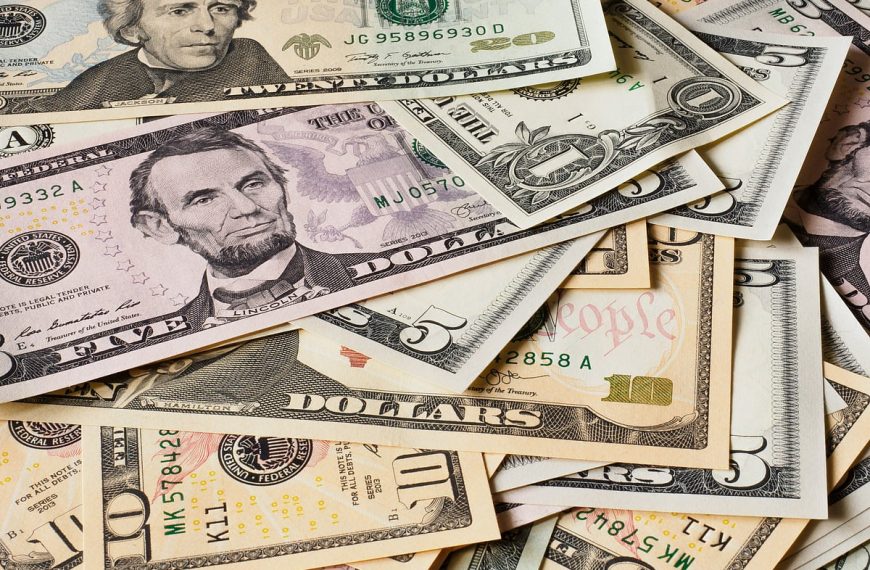The U.S. dollar experienced a notable decline on Tuesday, reversing some of its recent robust gains after a key inflation report fell short of analysts’ forecasts. According to data from the Labor Department, the consumer price index (CPI) rose by 0.2% in the last month, missing the anticipated 0.3% increase, especially following a 0.1% dip in March. While this news appears positive, experts warn that rising U.S. tariffs on imports could soon drive inflation higher.
Inflation Insights and Tariff Impacts
Brian Jacobsen, chief economist at Annex Wealth Management, highlighted the paradox of the CPI report. He stated, “Despite the headline figure being better than expected, there are signs that tariffs are already pushing prices upwards.” He emphasized that reducing tariff pressure could lead to a swift decrease in consumer prices, which might allow the Federal Reserve to resume its usual policies and consider interest rate cuts later in the year.
- Dollar Index Movement: The dollar index, which gauges the dollar against a variety of currencies, saw a decrease of 0.67%, landing at 101.05.
- Euro Performance: The euro gained 0.81%, trading at $1.1177.
- Trade Relations: On Monday, optimism surrounding a potential trade agreement between the U.S. and China had propelled the dollar to rally over 1%. This sentiment was crucial in alleviating fears of a global recession stemming from escalating trade tensions.
Currency Comparisons and Market Reactions
In the wake of these developments, the dollar also weakened against the Japanese yen, dropping 0.57% to 147.6. This shift follows a substantial 2% increase the previous day, as investor appetite for safe-haven assets diminished.
- Swiss Franc: The dollar saw a 0.54% decline against the Swiss franc, trading at 0.841, after a 1.6% rise on Monday.
- Chinese Yuan: The dollar slipped by 0.02% to 7.197 against the offshore Chinese yuan, having earlier fallen to a six-month low of 7.1779.
The easing of U.S.-China trade tensions has prompted financial analysts to reassess recession probabilities and the timeline for possible interest rate reductions from the Federal Reserve. Major financial institutions like Goldman Sachs, J.P. Morgan, and Barclays have recently adjusted their recession forecasts and perspectives on Fed policy easing.
Future Rate Expectations
Current expectations are shifting towards a 25 basis point rate cut at the Federal Reserve’s September meeting, a significant change from earlier predictions that anticipated a cut in July. According to LSEG data, the market is now bracing for around 51 basis points of cuts by 2025.
Strengthening Sterling and Cryptocurrencies
In other currency news, the British pound strengthened by 0.95%, reaching $1.3297, marking its most significant daily increase since April 28.
Meanwhile, in the world of cryptocurrencies, Bitcoin rose by 1.59% to $104,314.79, after peaking at $105,716.07 on Monday, its highest in over three months. Ethereum also surged, climbing 5.09% to $2,612.46, marking its sixth gain in the last seven sessions.
This dynamic landscape of currency fluctuation and economic indicators underscores the intricate relationship between trade policies and market performance. As the situation evolves, stakeholders are keenly watching for further developments that could influence monetary policy and global economic health.











